Special Operations Were Changed Forever After a Disastrous 1980 Hostage Rescue Mission
Today, America’s most serious and sensitive missions are carried out by special operations. The Navy’s Seal Team 6 famously led the raid which resulted in the death of Osama bin Laden. Special operations teams, however, have not always been so ruthlessly effective. In fact, a failed operation in 1980 led to a significant change in the way special operators fight.
In 1979, a group of Iranian students took American hostages
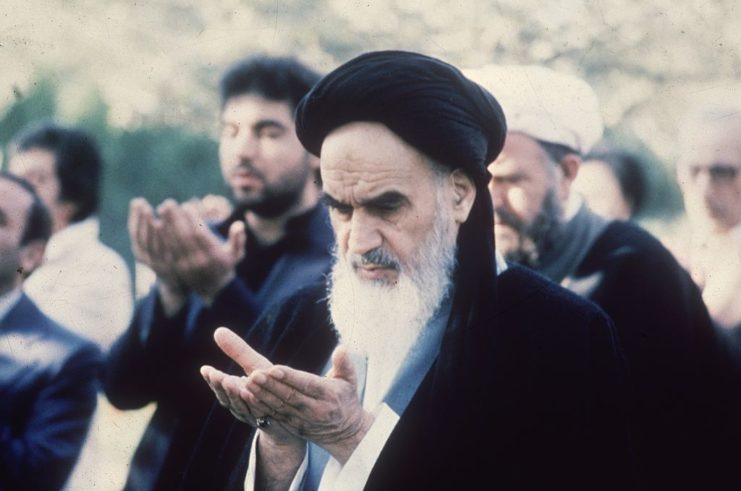
In the aftermath of the Iranian Revolution, there was a lot of anger aimed at the United States. Supporters of Ayatollah Khomeini believed that America had too strongly supported overthrown Shah Mohammad Reza Pahlavi. With the backing of Khomeini, students from the Muslim Student Followers of the Imam’s Line took 52 American diplomats and citizens as their hostages.
Jimmy Carter, who was facing a looming election, hoped to solve the crisis diplomatically. Angered by the United States’ refusal to extradite the Shah, the Iranians refused to negotiate diplomatically. As a result, some in Carter’s cabinet began to push for military intervention.
An ambitious plan is hatched
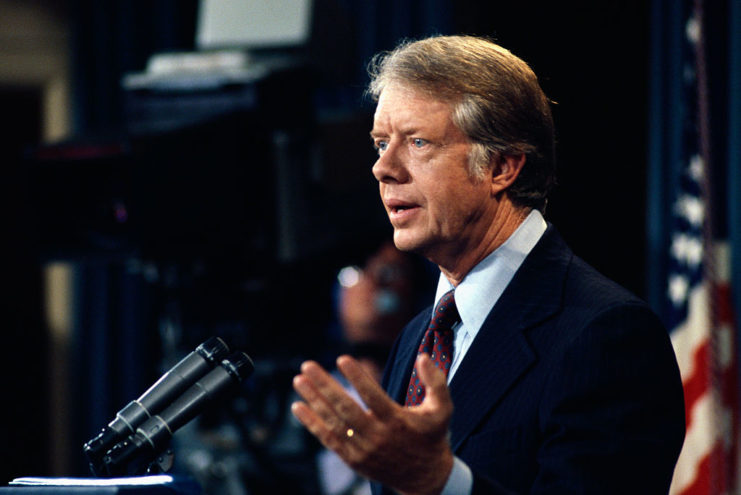
Once the decision for military intervention was made, a plan was hatched that would include all branches of the military. The Navy, Marines, Air Force, and Army had all expressed an interest in rescuing the hostages. Command for the operation was given to Army Major General James B. Vaught.
There were many complications while planning the mission. The Americans found accurate intelligence nearly impossible to come by. Carter had previously limited CIA actions in Iran so much of the intelligence gathered by the US forces was gleaned from what they could pick up from Iranian state television.
Disaster struck multiple times
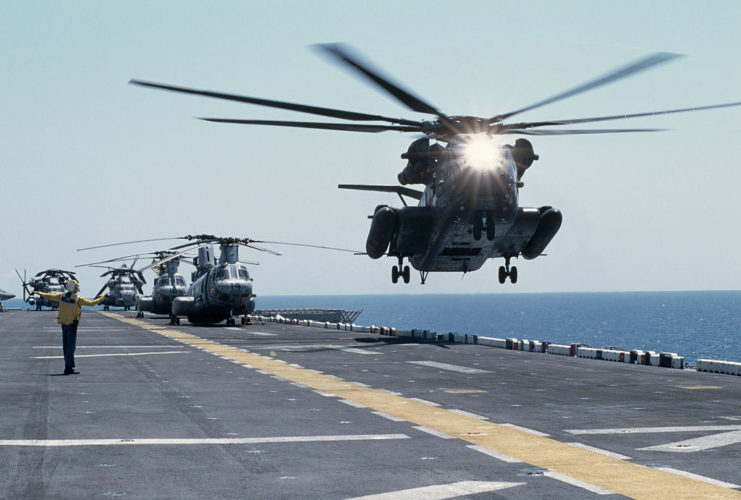
In order for the mission to be successful, a number of moving parts had to come together seamlessly. This included planes to move troops and equipment into the area, as well as gunships ready to respond if the Iranians countered. But most important were the CH-53 choppers that would not only transport troops but also ferry the hostages to safety.
The night of the operations, problems arose quickly. Once they landed at Delta One, the Delta Force operators encountered a bus full of Iranian civilians. This bus had to be detained so that the mission wasn’t compromised. An Iranian fuel truck also needed to be destroyed.
Due to bad weather and mechanical failure, two helicopters had to be abandoned and one had to return to base. The mission was ultimately abandoned as there weren’t enough helicopters to rescue the hostages. Even worse, one of the CH-53’s collided with a plane while leaving the scene. The crash killed three marines and five airmen.
The failure of the mission led to hard discussions
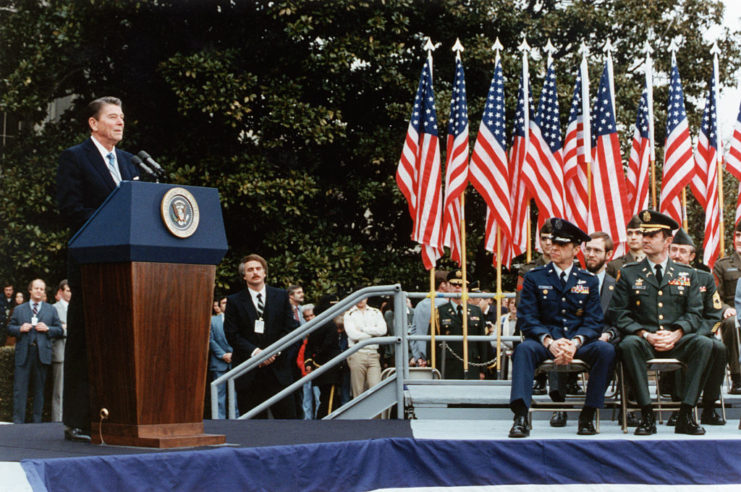
The deaths of 8 soldiers changed Each Claw from a failed mission to a tragedy.
Task Force Commander James Vaught later wrote, “Some say we failed. Others say it was a fiasco. It was none of that. It was the best effort try by a team of brave volunteers to accomplish a difficult and dangerous mission. Never have I seen more determined Americans try so hard to do the right thing … Those we lost did not die in vain. We will set our people free.”
Nevertheless, the failed mission was a black mark for Carter. While he hoped to plan a second mission, the Iranians, by then, had spread out the hostages all over Iran. Ronald Reagan won the presidency from Carter that fall. And Reagan was the President when the hostages were welcomed home.
The incident eventually led to the creation of SOCOM
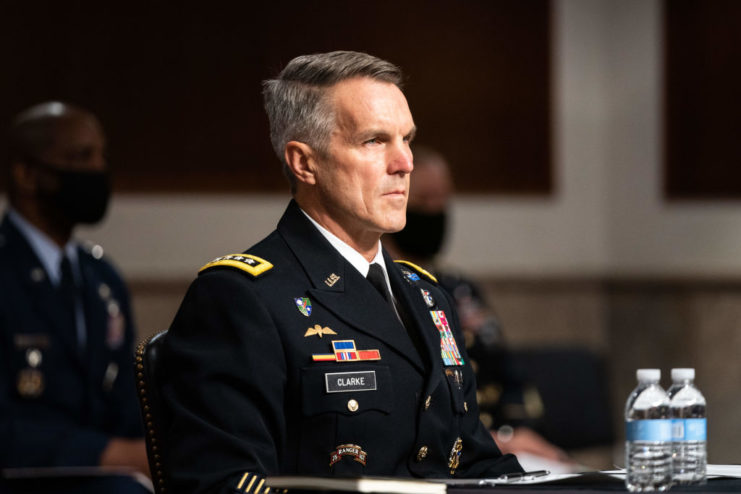
James L. Holloway III, a retired Naval Admiral, was tasked with investigating where the mission went wrong. He determined that there were “deficiencies in mission planning, command and control, and inter-service operability, and provided a catalyst to reorganize the Department of Defense.”
7 years after the Holloway Report, the decision was made to form the United Special Operations Command. All of the Special Forces groups within the individual branches are overseen by SOCOM.
In addition, the Army created the 160th Special Operations Aviation Regiment so that the helicopter issues that plagued Eagle Claw would not happen again.
With consolidated logistics, the US Special Forces have grown to be amongst the best in the world, performing daring rescues and taking out some of the world’s most dangerous terrorists.
The post Special Operations Were Changed Forever After a Disastrous 1980 Hostage Rescue Mission appeared first on warhistoryonline.
Post a Comment
0 Comments